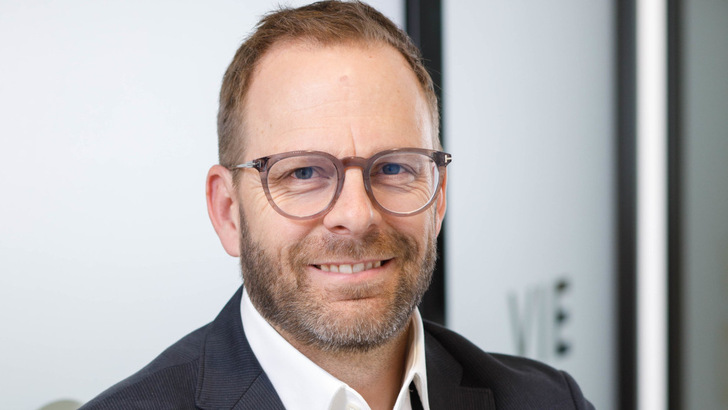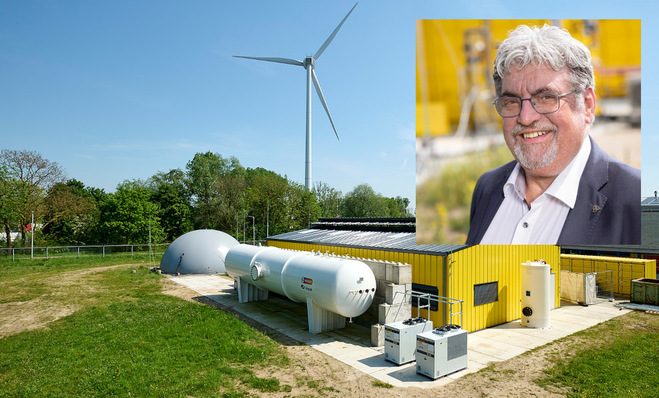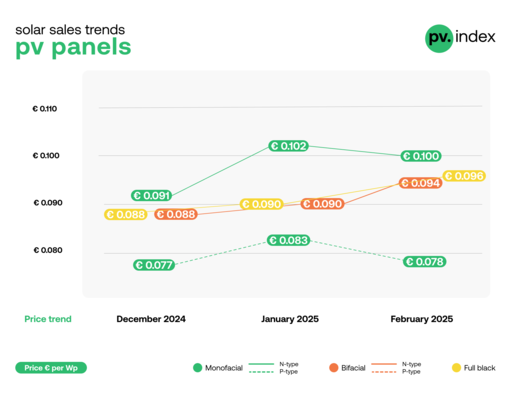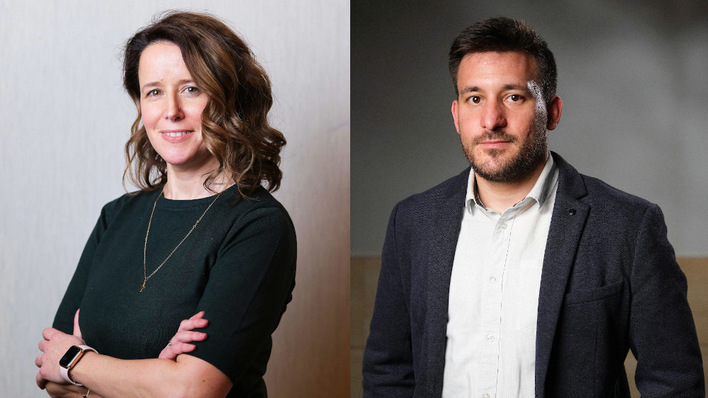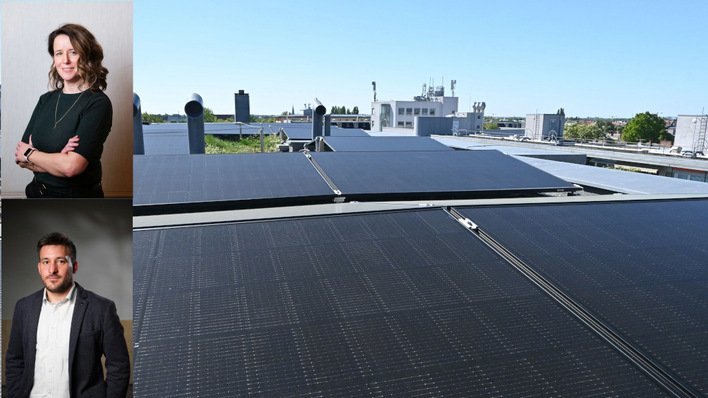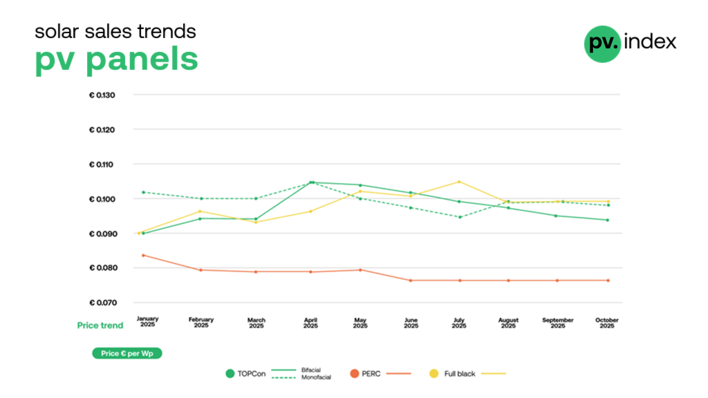CCE Holding’s 990 kW IGEP plant in Francavilla, Apulia, was commissioned in 2011 and supplied renewable electricity to the grid for over 13 years. Over time, performance data showed a noticeable decline in efficiency, with issues such as delamination, visible module ageing and the complete failure of approximately 440 panels. In total, nearly 10 percent of the installation had reached an advanced stage of degradation.
Performance gains after modernisation
To secure the plant’s long-term performance, a comprehensive modernisation was carried out. The results are clear: 2,414 new high-efficiency modules were installed, delivering a projected 32 percent increase in annual output. Performance indicators highlight the impact: the performance ratio improved from 63 percent in July 2024 to 90 percent in July 2025, while the energy performance index increased from 73 percent to 104 percent over the same period. This upgrade extends the plant’s lifetime, reduces future maintenance costs and safeguards its continued contribution to the Italian energy transition.
Italian PV plants revamped with Fimer inverters
The Francavilla revamp is more than just a technical success; it also tackles a critical question in renewable energy today: what happens to solar panels at the end of their life cycle? CCE Holding has integrated a structured end-of-life management process into its operations, aligning with regulatory compliance, environmental stewardship and circular economy principles.
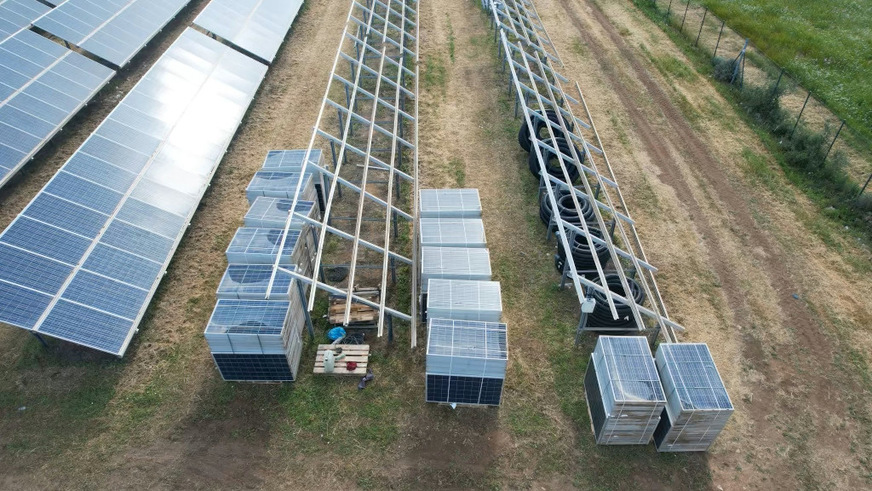
CCE
Module recycling framework in Italy
Under Italian law, photovoltaic modules are classified as waste electrical and electronic equipment (WEEE). To ensure proper disposal, operators of large-scale systems must pay a dedicated compliance deposit, known as the Trattenuta RAEE. This deposit, which started at €10 per module and increased to €20 in 2024, is paid in variable instalments over the system’s incentive lifetime. Importantly, the deposit is only refundable if dismantling and recycling are conducted in accordance with environmental regulations, with proof of compliance uploaded to the Gestore dei Servizi Energetici (GSE) portal.
Reiling PV Recycling: ‘We don't talk, we recycle
CCE Holding entrusted the revamping project to Ecoprime, its long-standing operations and maintenance partner. Their responsibilities included dismantling the outdated panels, managing logistics and installing the new modules. The removed panels were sent to RE Open, a certified Italian recycling facility, where a multi-stage process was carried out. Aluminium frames were manually removed, followed by mechanical shredding and separation of the remaining materials. This process recovered approximately 93 percent of each crystalline silicon module, including glass, silicon, copper and aluminium. However, not all components are recyclable yet. Polymers such as EVA and backsheet materials cannot be separated and are instead processed through thermal recovery in energy recovery facilities.
Italy – CCE develops solar park without subsidies
The recycling operator provided a formal certificate of recycling, which was submitted to the GSE portal. This triggered the refund of deposits and ensured full compliance with Italian and EU legislation. By adopting this transparent and verifiable process, the company minimises regulatory risks and reflects its commitment to ESG principles.
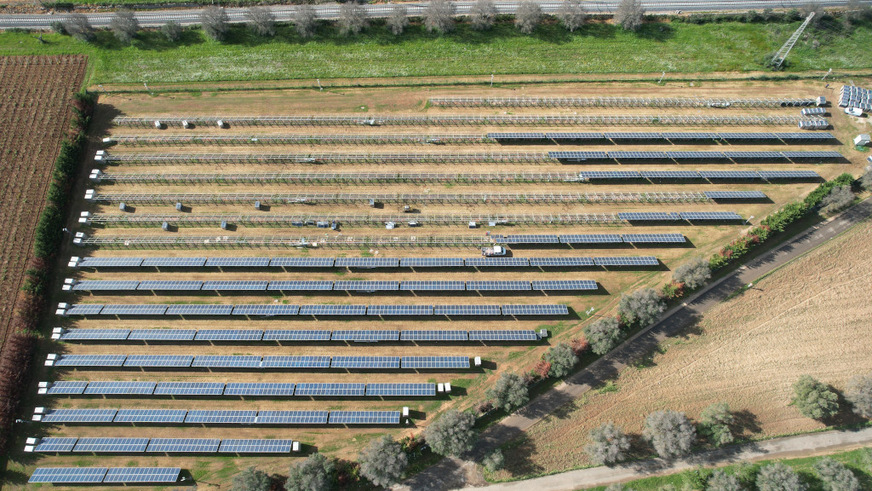
CCE
Revamping unlocks new technology integration
The Francavilla project also underscores a broader strategic perspective: revamping is not just about replacing old panels with new ones. By improving efficiency on a smaller footprint, the modernisation has freed up part of the site for the potential integration of new technologies, such as battery energy storage systems (BESS) or electrolysers for green hydrogen production. This opens up valuable opportunities to connect solar generation with flexibility and decarbonisation solutions.
Second-life batteries and AI open new paths for storage
At the end of the day, the revamp of the IGEP plant demonstrates how to effectively manage the full lifecycle of renewable energy assets, from initial deployment to operational performance, end-of-life treatment and reintegration into the circular economy. It serves as a model for combining technical, regulatory and ESG considerations to deliver clean energy, while ensuring long-term sustainability and fostering innovation. (Rene Hörwertner/hcn)


